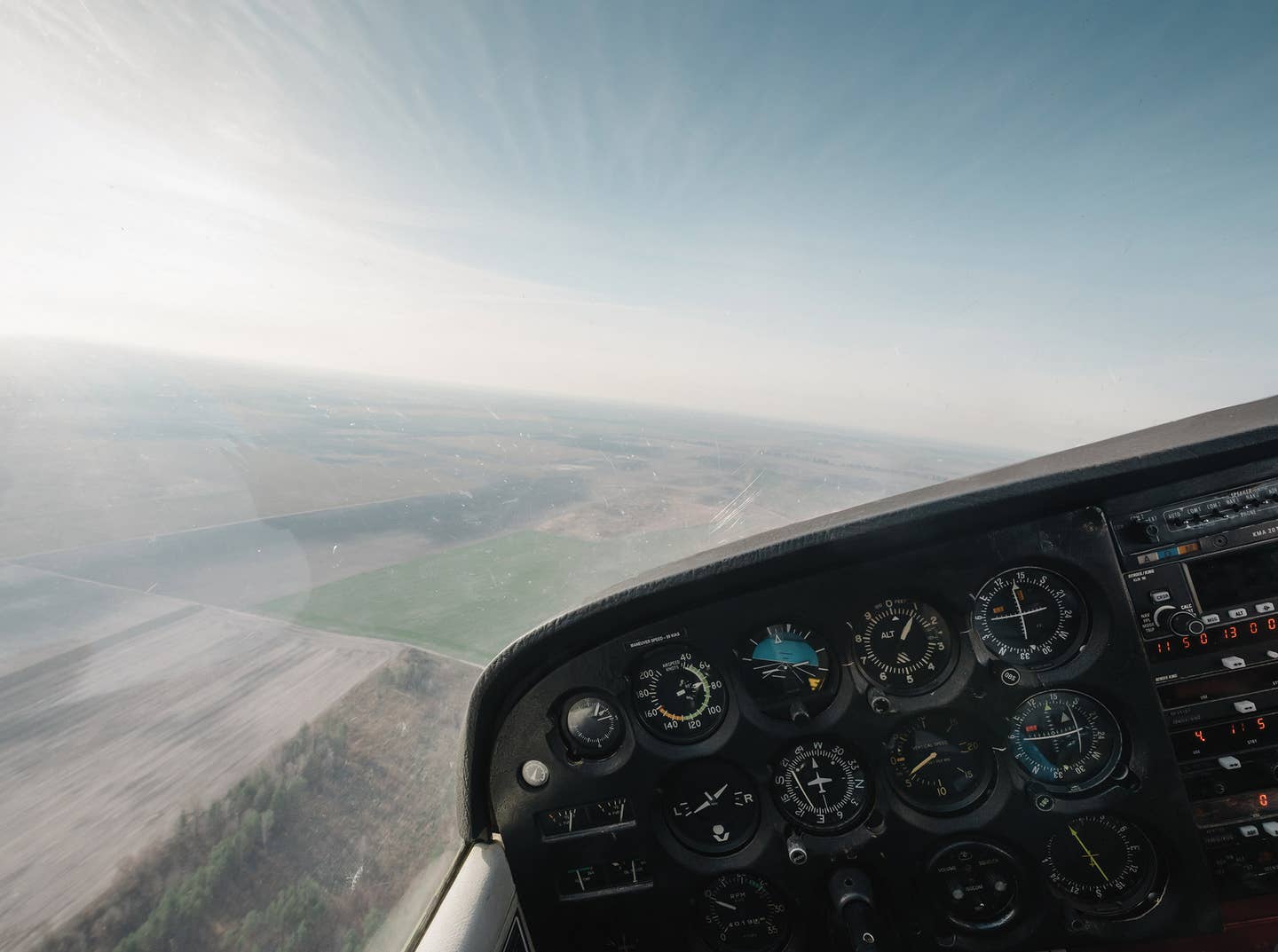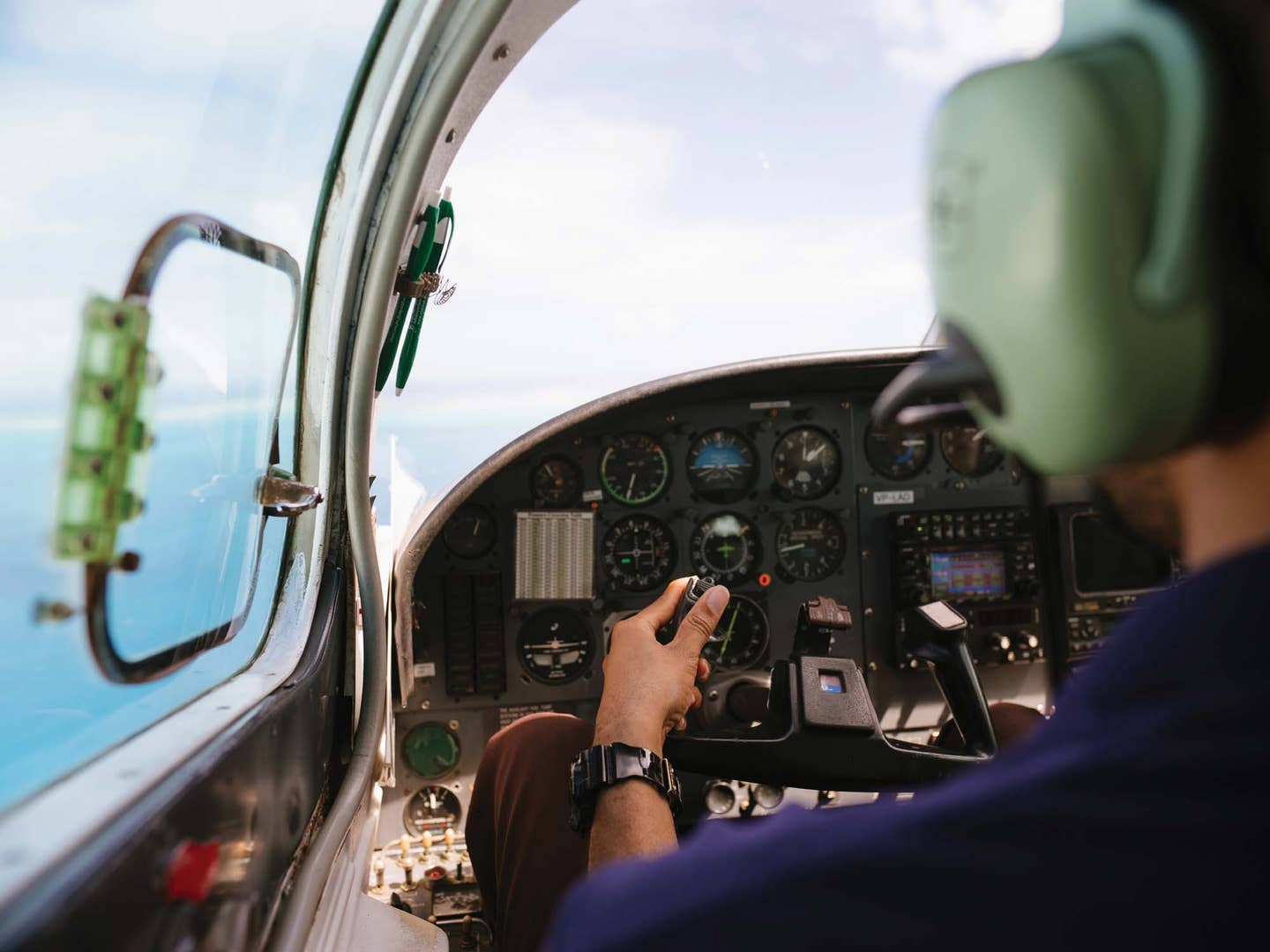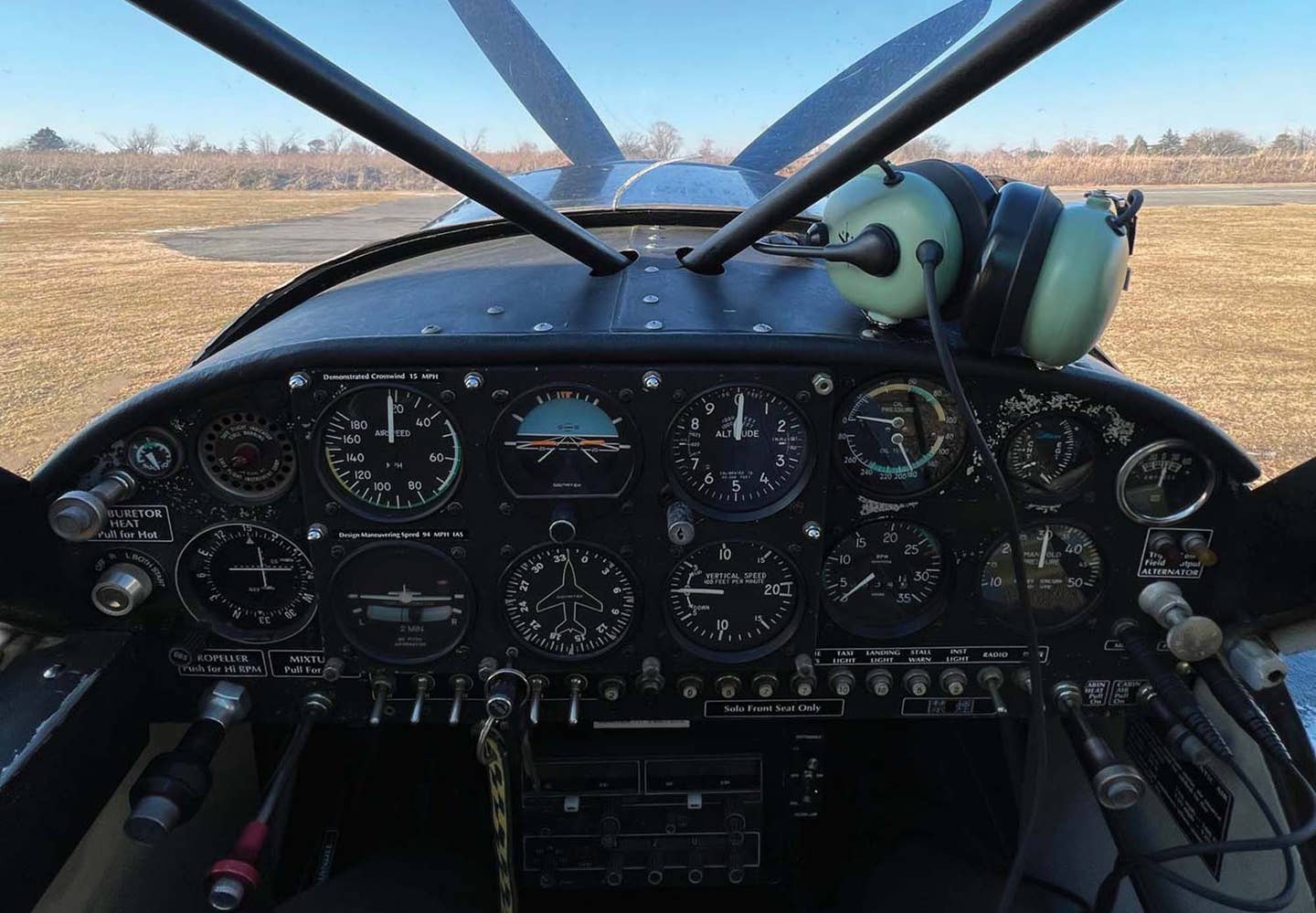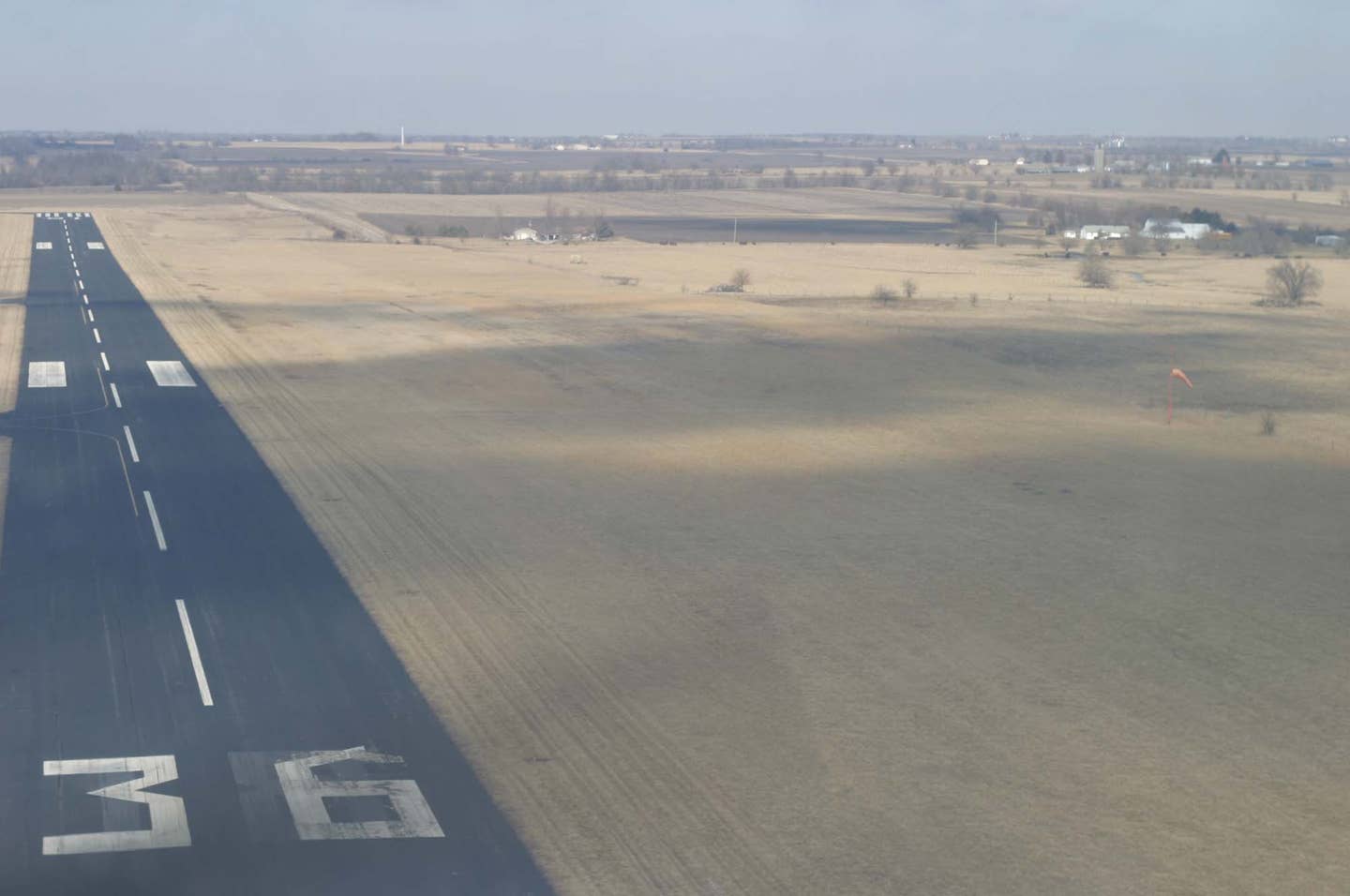Flying in the Rough
No one likes flying in turbulent air. It’s an annoyance to the pilot, requiring constant attention at the controls, and a concern for passengers, tossing to and fro in their…
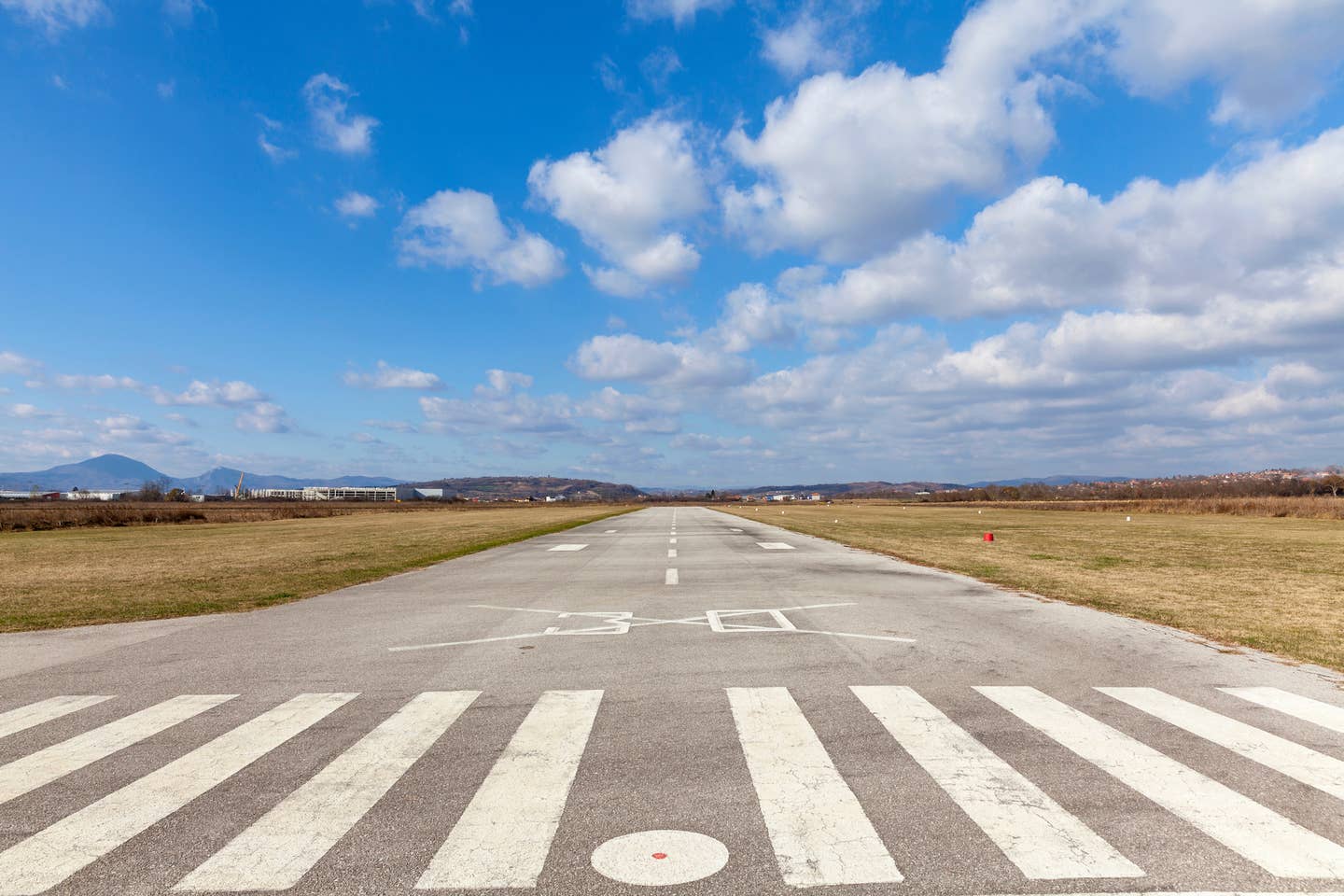
Convective weather in an air mass, particularly in frontal zones, doesn’t need to be in the form of full-blown thunderstorms to generate turbulence. [Photo: Adobe Stock]
No one likes flying in turbulent air. It’s an annoyance to the pilot, requiring constant attention at the controls, and a concern for passengers, tossing to and fro in their strapped-in seats and beginning to debate the wisdom of air travel. As much as possible, avoidance of turbulence should be the goal, rather than stoic endurance.
In my days as a purveyor of air taxi services, our sales brochure stated the company’s philosophy as “Safety, Comfort, Speed,” ranking a smooth, uneventful flight right behind the primary objective of a safe arrival. We tried our best to avoid turbulent air—dozing passengers meant we were meeting our goal. The rare occasions of inescapable bouncing risked an onset of mal de l’air and redecoration of the cabin interior.
Staying in the smooth starts with timing the trip to evade rough air. Related to such scheduling is a knowledge of turbulence’s origins, so you can better understand the best time to fly. Air in motion can be generated thermally, orographically, and by frontal activity.
- READ MORE: Get A Handle On Turbulence
Thermal turbulence will make its daily arrival as the sun angle increases, heating up the Earth’s surface in an uneven manner to generate rising air currents in some places, while subsiding in others. We can expect rough air by midday and can perhaps avoid it by climbing higher initially, but it will reach inconvenient levels as the day wears on.
Orographic turbulence is influenced by terrain, particularly if the wind flows across a perpendicular ridgeline. The greater the wind speed, the more energetic the turbulence will be. Thermals can also form on the sun-facing slopes. Smart mountain pilots know to conclude their flying by late morning before the winds pick up and undulations form in the stream of moving air. The analogy of mountain turbulence is akin to water flowing down a rocky stream, creating white-water rapids.
Convective weather in an air mass, particularly in frontal zones, doesn’t need to be in the form of full-blown thunderstorms to generate turbulence. Building cumulus is an indicator of energy waiting to roughen up one’s flight, most likely below the cloud base but also inside clouds if you’re in “popeye” IFR conditions, flying in and out of Cu. If there are tall, cotton-ball-shaped clouds, you can expect up and down currents of air to complicate your life.
Unfortunately, passengers frequently want to head for home in the heat of the afternoon, having concluded the morning’s business (or visiting) and eaten lunch on the company dime (or grandma’s table). Unless you can defer departure until the cooling of evening begins, expect upsetting conditions. Pilots, occupied with flight duties, can withstand the continuous pounding, but back-seaters with nothing to do but endure will find it a trial.
Soften the Blows
I’ve found that manual flying, keeping hands and feet clamped to the controls, can deflect some of the minor jolts, sort of like a human yaw damper. Rather than leave the rudder pedals to flail unrestrained, hold them in neutral to prevent “dutch roll” from yaw/roll coupling. Similarly, keep the ailerons and elevator from moving or with a light response to tame minor jolts, which will usually smooth out the ride.
Changing altitudes, usually for a higher one, is a normal response to alleviate a rough ride. If the problem is obvious, evidenced by a cumulus cloud array with flat bottoms and cauliflower tops, you can bet on a smooth ride above the level of the bases. That, of course, presumes you can stay clear of the energetic puffballs, which are rising and writhing on top of the updraft feeding their appetite. Building cumulus has the ability to outclimb a light aircraft, invariably topping out at an altitude exactly wrong for the direction of flight, as determined by FAR 91.159’s hemispheric rule.
Heading down, on the other hand, to stay 500 feet or more below the cloud bases simplifies navigation and improves flight visibility but at the price of unrelenting turbulence. Pulling some power off to slow down may improve the ride or at least alter the intensity of the jolts. It’s a necessity if you’ve allowed the needle to creep up into the yellow arc on the airspeed indicator, which denotes “smooth air only” in accordance with certification standards.
If It’s Really Rough
Slowing to the pilot operating handbook’s maneuvering speed (VA) is a popular recommendation for handling turbulence, as it assures the airplane’s structure will not fail if a severe gust is encountered because a stall occurs before reaching the certification G-force limit. As the name implies, maneuvering speed is designed to protect the aircraft from the pilot’s overzealous use of the flight controls, not rough air, although it certainly provides a margin of safety in severe conditions. At light weights, however, handling may be compromised by the narrow margin of speed between VA and VS.
- READ MORE: The Season Of Turbulence
In extreme turbulence, extending retractable landing gear adds stability and limits speed buildup if control is lost. Just don’t forget that power has to be added to maintain altitude with all the extra drag the gear generates. If in such very rough air, inform ATC that you’re going to need a “block” of altitudes, such as 1,000 feet above and below your assigned level, because you’re unable to maintain level flight without overstressing the airplane. Don’t try to hold an altitude if you are struggling to keep the aircraft right side up. Just aim to fly a level attitude and ride out the turbulence.
Assure the passengers that, bumps and jolts to the contrary, the aircraft can handle much more turbulence than its occupants. Hearing the pilot use phrases like “no problem,” “this is normal,” and “should be getting better soon” helps calm their fears that the wings are about to fall off. Staying silent and staring intently only confirms thoughts that the flight must be in trouble.
When it comes to storm turbulence, avoidance is the key. Stay away from mature thunderstorms by at least 20 miles, bearing in mind that movement of the storm must be taken into account. Heading for open skies behind the storm, as in upwind of its path, is the best policy, minimizing the amount of deviation needed. When considering going through a line of storms, stay aware of continuing development. You don’t want to be caught in a trap of expanding storms on all sides.
The best policy during thunderstorm season is flexibility. Wait out the storms on the ground before departing, and don’t be afraid to deviate to an alternate along your route. Few passengers will complain about the inconvenience of an interrupted trip after having looked out the window at an angry, dark sky and feeling a few blasts of its fury. Even nonflyers can understand that airplanes don’t belong in that environment.
Respect the Wind in the Hills
Mountain turbulence is tied to the winds at ridge level. Calm air down in the valley doesn’t necessarily equate to a smooth ride through the pass. Anything more than 15 knots aloft is definitely a no-go. Take advantage of light winds early in the morning to cross the hills and reach nonmountainous terrain before the midday increase in low-level wind. If paralleling a mountain chain, stay on the side of the valley that is farthest downstream from the wind flow over the ridge. Downdrafts in excess of climb ability may exist on the upwind side, next to the higher terrain, where the wind spills over the high ground and a path of rising air can be found on the opposite side of the valley.
Crossing a ridge while fighting turbulent air requires an extra cushion of altitude, which may avoid the worst of the roughness and give room to escape if you encounter sinking air. Setting up a 45-degree angle for the ridge crossing, instead of meeting it head-on, gives you a 90-degree turn to an escape path instead of a 180-degree turn that might take too long to complete.
Never be ashamed to call it quits or even invent a need to make a pit stop, if the air is just too rough for your passengers—or you. Flying in smooth air, I’ve found, increases cruise speed by at least 5 knots, compared to wallowing along in turbulence. Taking a break freshens up one’s endurance level.
Riding it out is sometimes the only option, but knowing where turbulence comes from and how to minimize its effects can go a long way to enjoying the trip.
Editor's Note: This story originally appeared in the October 2023 issue of Plane & Pilot magazine.

Subscribe to Our Newsletter
Get the latest Plane & Pilot Magazine stories delivered directly to your inbox

